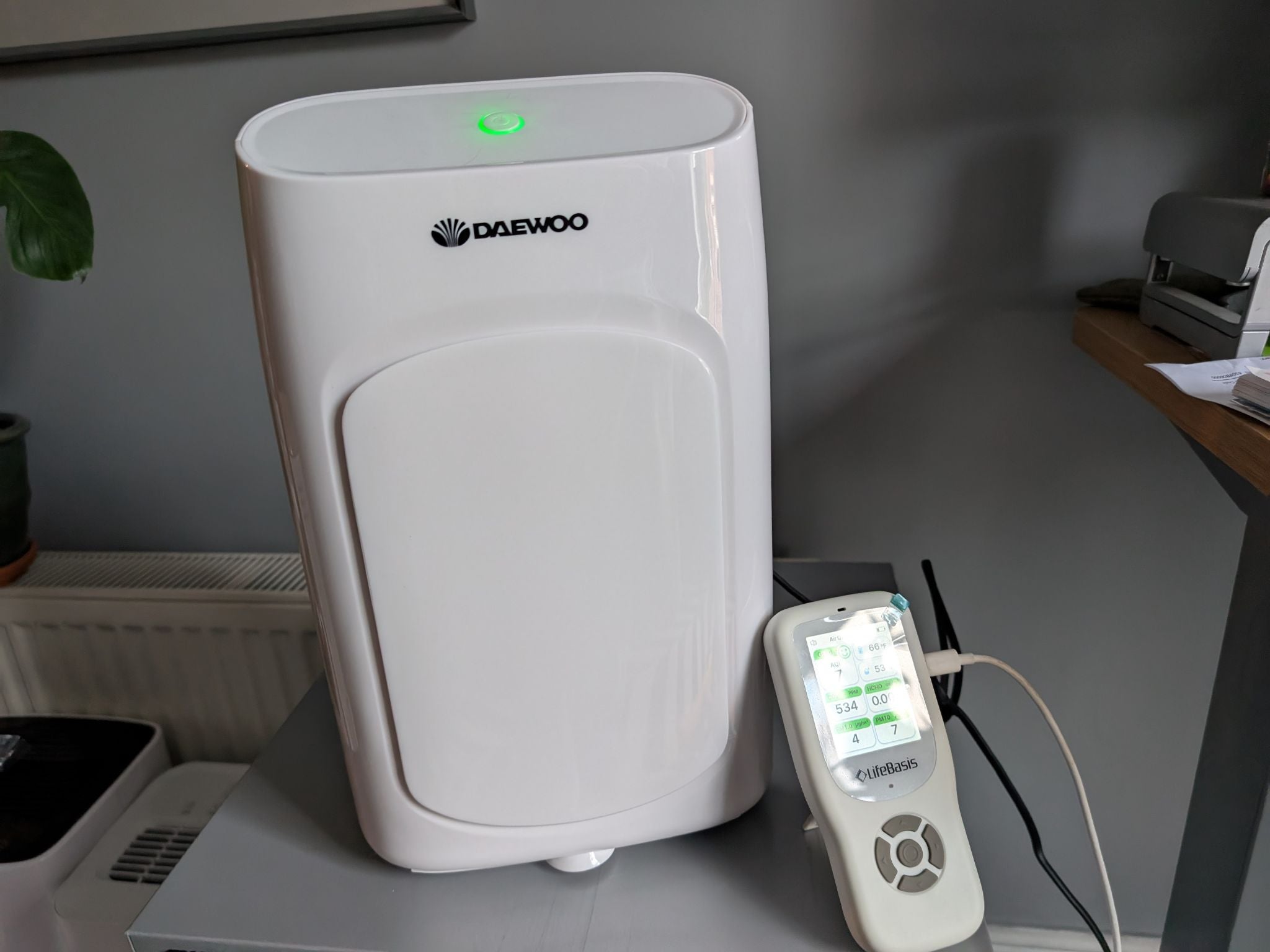Damp, mould, condensation and musty smells can all be prevented by finding the best dehumidifier. These nifty appliances are “one of the most effective ways to tackle excess moisture and reduce the risk of dampness”, says Katie Lilywhite, air treatment expert at AO. They “work by extracting moisture from the air in your room”.
As such, they’re also excellent at “speeding up the drying of your laundry”, says Lilywhite. All you need to do is “pop your dehumidifier near the drying rack”, and it’ll work to extract the dampness from the washing, and potentially halve drying times. Martin Lewis has also encouraged the switch from a tumble dryer to a dehumidifier.
Today’s designs are quieter, sleeker and far more energy efficient than they used to be – some smaller models cost as little as 1p an hour to run, while even large appliances can cost just 5p.
So, whether you’re dealing with tricky condensation, drying clothes indoors, or want to stop mould before it starts, there’s a dehumidifier out there that can do the job. As an air quality expert, I’ve rounded up some of the best options from my years of tests for every home and budget.
How I tested
I used all of these dehumidifiers as you would in your own home, testing them in a variety of rooms around my house. I used all the modes, particularly the night and laundry functions, making sure that every feature worked as it should.
For context, my home is prone to getting damp, making it the ideal testing ground for assessing dehumidifiers. The rooms in my house also vary in size, so I was able to put each one to the test in different-sized spaces to really understand how they perform and stress test.

Most importantly, I also took measurements of all of the key specifications.
- Noise: I used a decibel meter to assess noise levels, checking to see if each dehumidifier was quiet enough to run when working from home or watching TV nearby. I favoured the models that were bearly noticeable.
- Humidity levels: Using a humidity metre, I confirmed that these appliances removed moisture from the air, and if so, exactly how much. I also timed how long it took to reduce the humidity in different rooms. If a model took a long time to reduce humidity, I didn’t include it in this review.
- Air quality: I used an air particle metre to see if each dehumidifier improved air quality. If it didn’t, then I didn’t include it in this round-up.
- Laundry drying abilities: I timed how long the laundry functions took to dry full loads of laundry, assessing whether or not it was quicker than air drying.
- Cost-per-hour: I calculated these appliances’ energy consumption and how much it costs to run them by the hour. I favoured those that were cheap to run, and have listed the price per model next to each one.
Why you can trust IndyBest reviews
Joanne Lewsley has particular expertise with dehumidifiers and air purifiers. She has tested dozens of dehumidifiers over the last five years and spoken to countless experts on the technology behind them. She also lives in a home that is prone to damp, mould, condensation and musty smells, making her the perfect candidate for this test. Where relevant, she also called on other testers to verify her claims. Not every dehumidifier Joanne tested made the cut; the following are the best dehumidifiers she tested.


